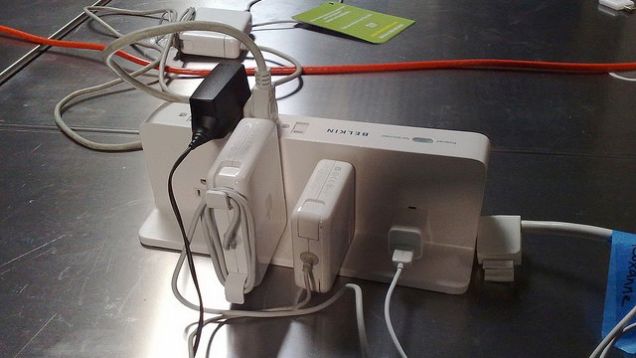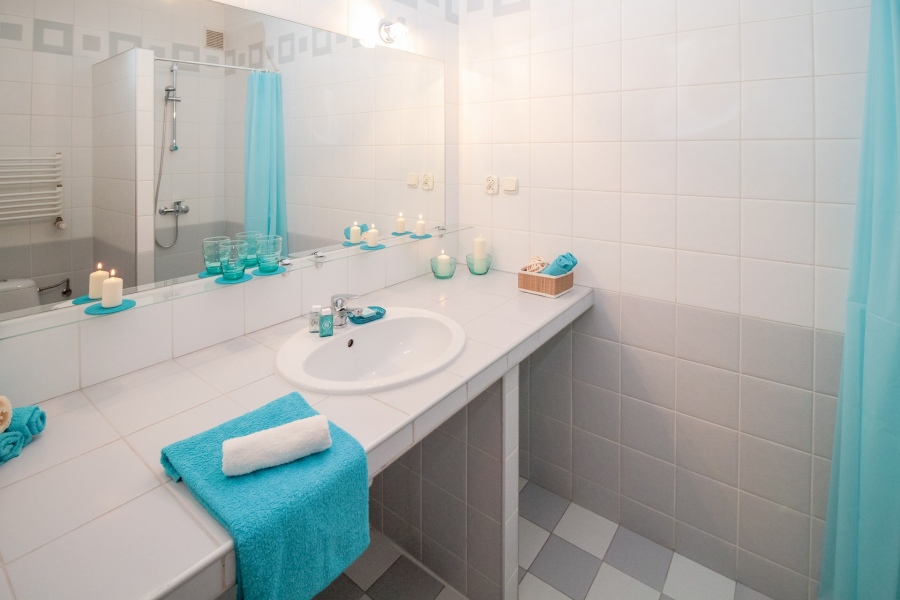Choosing the correct power strip for your computer and other valuable electronics is essential to protecting your devices. Something like a lightning strike, electric service overload, or in-house electronic device failure can cause the electric current running into your devices to substantially increase or surge. Power surges are dangerous for electronics because they can overload and destroy device components and turn your electronics into expensive paper weights. Replacing electronics is often cheaper than repairing the damage; however it is better to avoid this possibility with the right protection from the beginning. Using a surge protecting power strip can prevent destroyed electronics heartache down the line and is an investment worth making.
Surge Protectors
Get a surge protector if you’re looking to protect your electronics. Surge protectors are a subset of power strips that protect devices from current overloads. A basic power strip doesn’t provide any device protection and simply splits one outlet into several outlets. Some power strips feature a circuit breaker that provides some protection against power surges; however, audio electronics company Crutchfield does not consider a power strip with a breaker sufficient to protect sensitive electronics. Unless the power strip says “surge protector” on the packaging, it’s not the right device to protect your electronics.
Sufficient Sockets
According to Star Energy, an appropriate power strip should have enough sockets to connect all desired devices. Daisy chaining, or connecting power strips to other power stripes, can overload hardware and cause a fire. To complicate matters, you can’t simply count sockets to devices. Some devices feature the AC adapter power brick attached to the plug, which can obstruct nearby sockets on the power strip. Many surge protectors have spaced out sockets that accommodate larger AC adapter footprints. Look for a power strip that has enough sockets and space to accommodate your device needs. Additionally, you may want to look at wall-mounted power strips as an option to cut an extra cable.
Selecting Bells and Whistles
Some power strips come equipped with extra features that can apply to your situational needs. Some power strips feature “always on” sockets that let you support power to some devices while cutting power to others. Always on sockets are useful for keeping power going to things like clocks while cutting power to computers for protection. Some high-end power strips feature a battery backup that keeps devices powered for a short time following power loss, giving you time to save your work or power down naturally. Some power strips include sockets for coaxial cable, phone lines, Ethernet cables and USB devices, which protects electronics from cross-device power surges.. For example, a power surge in the computer won’t be able to spread to the cable modem.
Performance Notes
You can compare surge protector power strip protection quality between devices by looking at the “Joules” and “Voltage Protection Rating.” The Joules rating measures how much power surge energy the power strip can absorb before replacement. Home Depot recommends a 600 Joules rating or higher for home electronics use. The VPR measures how effective the power strip is at blocking surges: lower ratings are better.
+Katrina answers all your racking How-To’s for Rack Solutions- see her Ask KAtrina video series here





